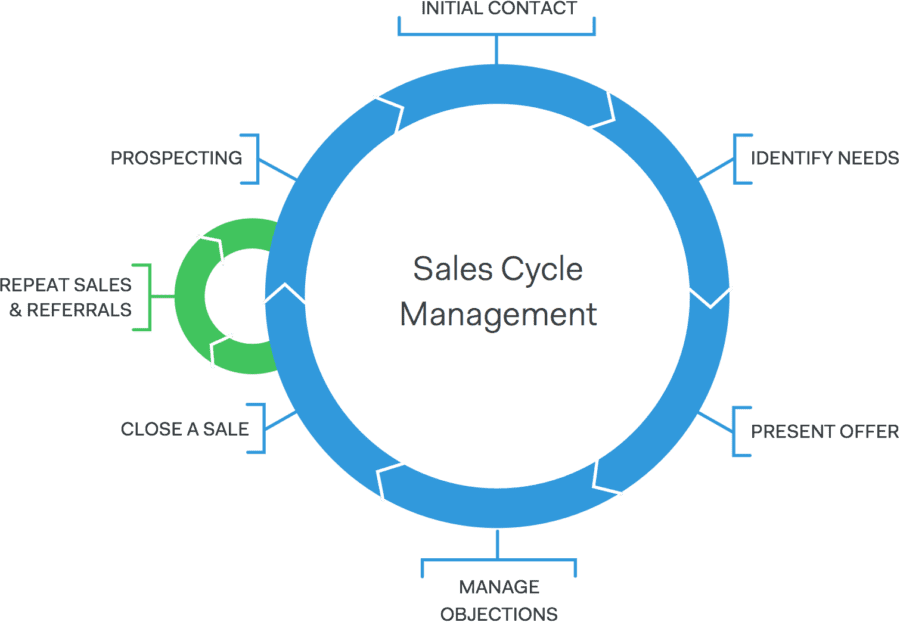Have you ever wondered how brands like Apple, Starbucks, and Netflix manage to achieve worldwide recognition and success? The secret lies in their global strategy.
You don’t need a new CRM, another new platform that everybody’s talking about, a new tool that downloads a lot of useless contacts, to sell. All you need is one simple plan that you stick to. Many people call it Sales Process but let’s for now call it a Sales Plan. Why? Because it’s your plan for how to deal with your customers. Too complicated? Let’s break it down.
“Lack of direction, not lack of time, is the problem. We all have twenty-four hour days.” – Zig Ziglar
It’s irrelevant whether you’re running a startup, you’re a sales manager in a corporation or account manager in a medium-sized company. Sit down with a pen and paper and write down what you think about your current sales.
- What do you currently do to sell your product?
- Does it work? Are you happy with the results?
- How do you scale it? Do you actually know what the step in your plan you should improve or change?
- What do you want to do next? How do you deal with your current customers?
Just like that, you have a description of your existing Sales Plan, even though we didn’t define it as such at first. Now you know what you want to change, let’s look at a framework for re-shaping your Sales Plan. Here are some milestones you should follow while scaling a business.
How to create a sales plan?
1. Think about your goals and define them
The best part of a Sales Plan is this as you have unlimited scope for imagination. Your vision could be big or small; it really depends on your current stage in the company strategy. Write down what you want to achieve in one month, six months, one year, two years, or even 25 years. It’s specific yet infinite.
2. Set a deadline/steps
In order to control your plan, you should divide your expectations into segments. These steps will help you to track whether or not you are on the right path. To make it happen, you have to set specific numbers.
3. Focus on your key values and target customers
Your product is not for everyone; you know this already. Therefore, think about who your customer is, what value you provide for them, and what your strengths and weaknesses are. Thanks to this you will be able to plan how to speak with your potential customers and help them with their challenges.
4. Prepare steps for your sales cycle (an example of Pipedrive case study)

a. Prospecting
This is the first step when looking for new potential customers. It involves research online on Facebook groups, Linkedin, Quora, Reddit, Twitter etc. You can also ask for referrals from your friends or current clients.
b. Initial contact
This is the first contact with your potential customer. Don’t sell anything here! Just initiate a relationship, build trust, and create a “sales atmosphere”. They should feel comfortable. Your main goal at this stage is to set up a call/meeting to speak about their challenges.
c. Identify needs
Here is the step where you’re meeting with your potential customer. This is the moment when they decide whether they want to buy from you. Start with an agenda – it makes you look professional. Ask a few general questions, then gradually become more detailed and logical. Finally, ask about a part of their work you have a solution for. For instance, if you have an SEO agency ask, “how do you promote your product/services?”. From there, you’ll be able to ask: “what is your main problem with these activities?”. Most people will share their challenges with you. If not, you probably haven’t built enough trust in the earlier stage.
d. Present offer
Here’s where you’ve identified problems and can present your solution. This depends on your product/services, but is the step where you are presenting or demonstrating what you have and how this can help your partner to overcome their challenges. It needs to be quick, detailed, and tempting.
e. Manage objections
It’s completely normal for some objections to pop up at this stage.. This likely means you haven’t provided enough information for your customer, or perhaps they have their own particular reasons. Don’t give up! It’s time to be tactical and persuasive: “I understand. But on the other hand, you’ll get this [ key value/advantage of your product ]”. Don’t be pushy with your customer, but rather show them how it might help. Tell a story about a current customer who once had the same doubts and is now a solid partner.
f. Close a sale
The most satisfying, although difficult, part of the process is closing your sale.. You are almost there; the end is in sight. Don’t be obvious about how much you want that signed contract, but state your case once more, clearly and logically.. Sum up why it’s necessary to overcome their challenges, how you can do it, and what they will actually receive from you.
g. Repeat & referrals
Ask for a recommendation, ALWAYS. It’s the best way to find your next client. And… repeat these steps again.
5. Track and adjust
It’s very important to be in control of all of the steps. Pinpoint where your interlocutors are turning you down. Think about how to improve your specific behavior and try again. It’s that simple.
6. Provide the best customer service
If you want your customer to stay with you, be there for them at every stage. It doesn’t matter whether or not your deal is signed. Take care of your current clients because it’s always easier to keep customers than find new ones.
“You just can’t beat the person who never gives up.” – Babe Ruth
Prepare your Sales Plan, try it, change it, and adjust to find your own way to sell. And remember: never give up, because you can be invincible.






